I am Abruzzese. The blood of Abruzzo runs through my veins. My grandparents grew up in Pettorano Sul Gizio (photo above and below), a small town in the center of a protected reserve. When I obtained my Italian citizenship, I established my residency in Carunchio, another small town in Abruzzo, to maintain the connection.
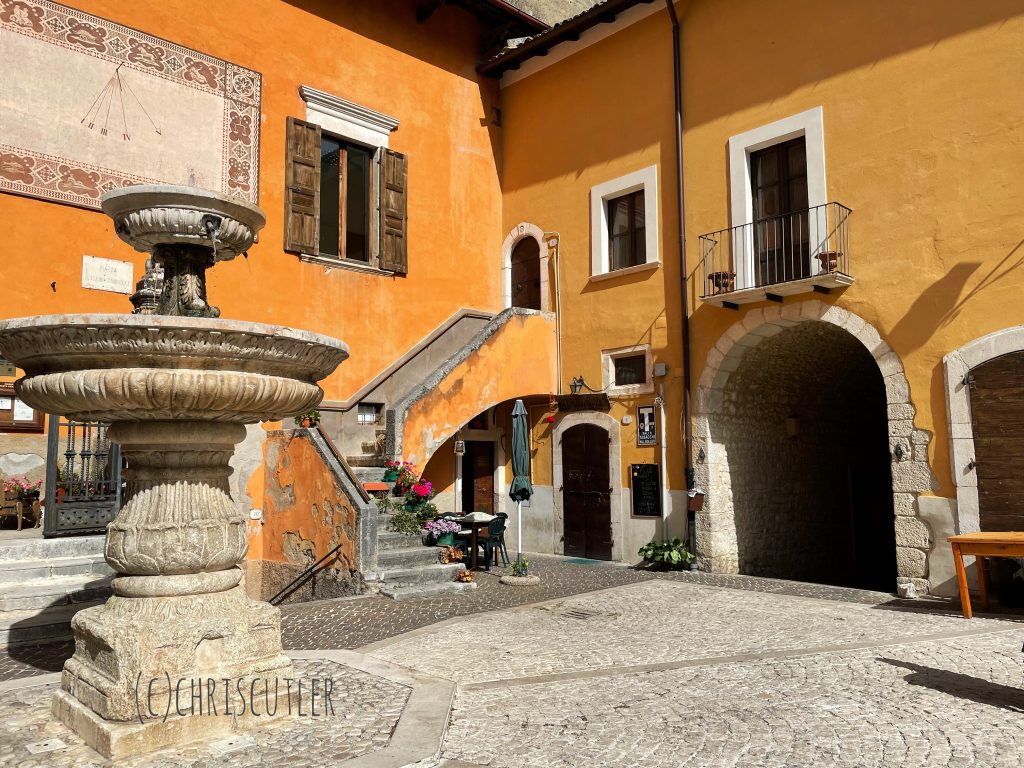
When someone tells me that they love Tuscany, I often ask what it is that makes them love it. Most of the time, they answer that Florence is beautiful. While Abruzzo may not have the big-city draw of a Florence or Venice, it offers so much more. Let me introduce you to it.
The Region
Nestled between the Apennine Mountains and Adriatic Sea, Italy’s Abruzzo region is a mere 50 miles due east of Rome and unspoiled by the hordes of tourists that invade the capital city. Abruzzo is the region where north meets south; where sandy beaches turn into rolling hills and rocky mountains; where national parks cover one-third of the region; where 43-plus miles of the coast comprise a UNESCO World-Heritage site. And we cannot, of course, forget the food.
Seeing Green
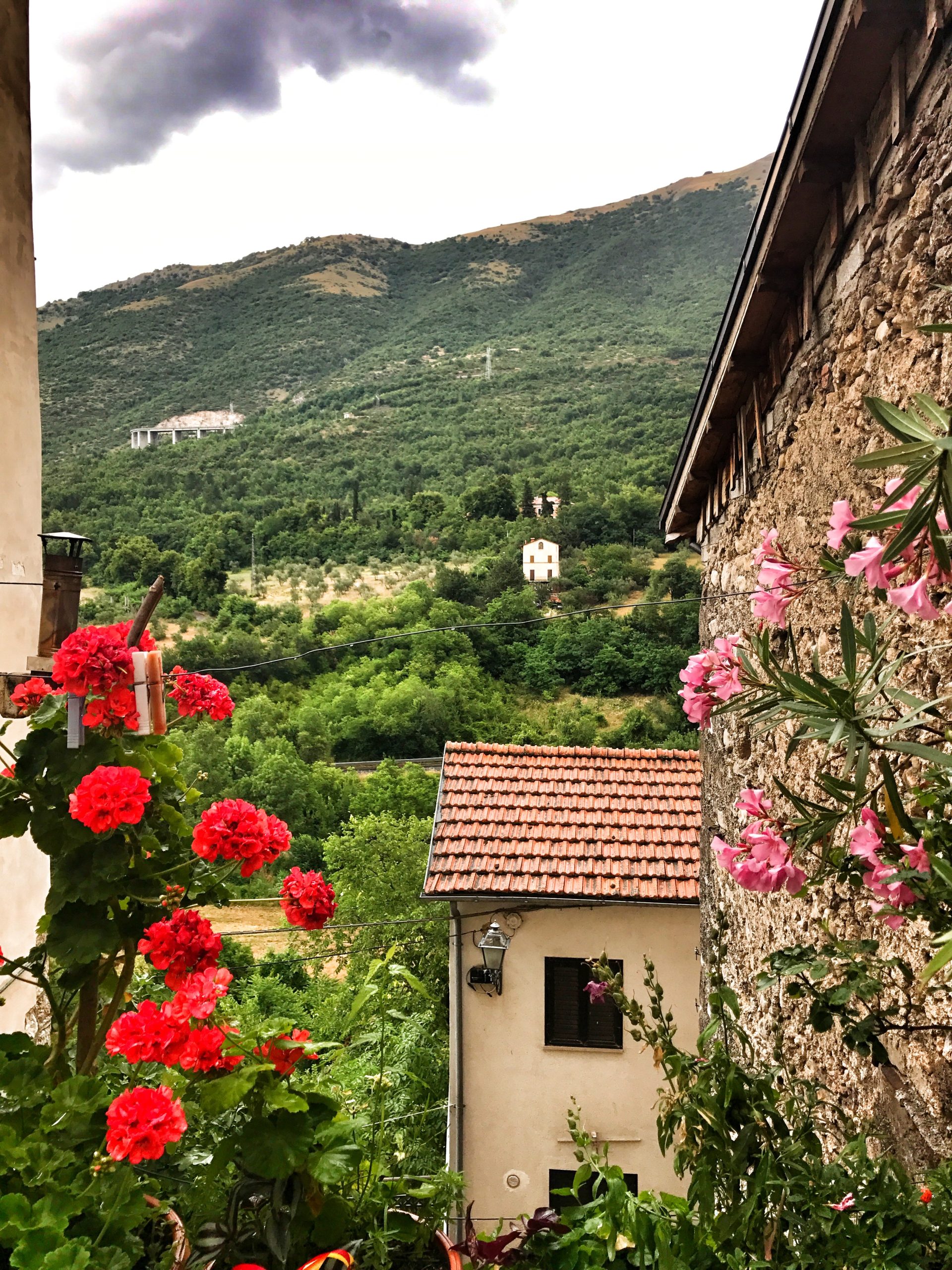
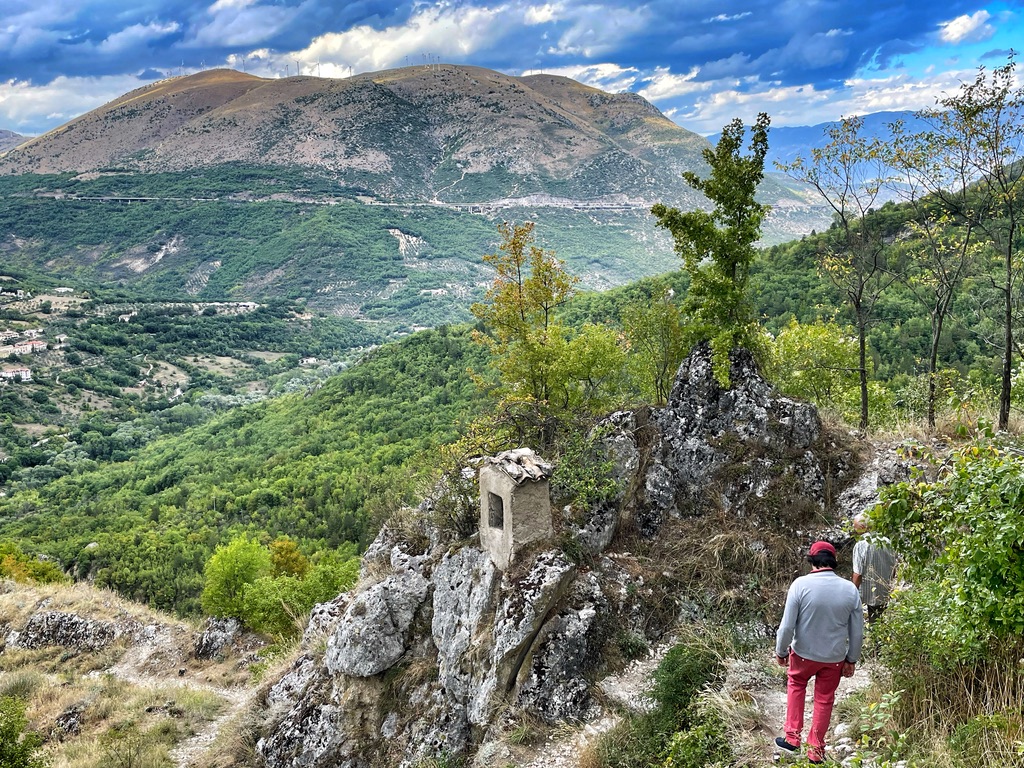

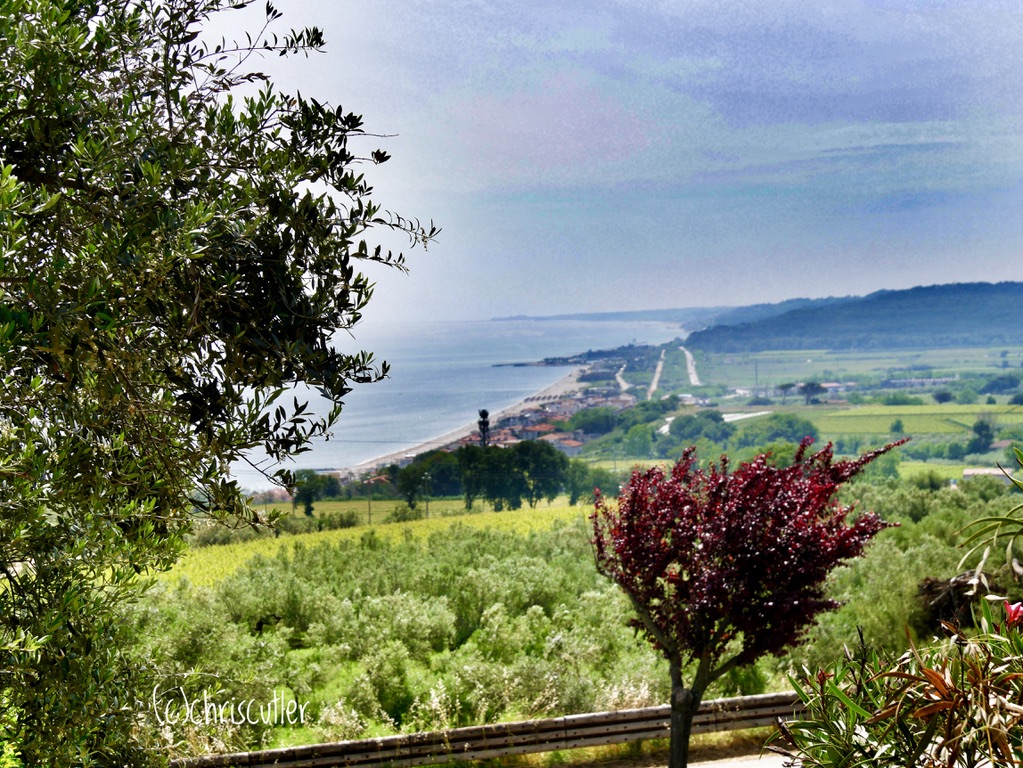
Dubbed the “Greenest Region in Europe,” Abruzzo boasts three national parks, one regional park, and more than 35 protected reserves. The reserves are home to the rarest living species in Europe—among them the golden eagle, and Marsican brown bear, Abruzzo chamois, and Apennine wolf, and the protected reserves guarantee the survival of a whopping 75 percent of all of Europe’s living species.
The preponderance of natural surroundings provides a wealth of year-round activities. The mountains on the western border are perfect for walking, hiking, and cycling most of the year. There are more than 30 walking routes that wind through Abruzzo, and you can spend anywhere from two-to-ten hours wandering. If you are interested, you can easily find books about the walks on Amazon. There are also more than 35 hiking trails in the region, and you can get information on them from All Trails. In the winter, Abruzzo gets snow—a lot of snow. There are 18 ski resorts in the region, and among them, they have 91 ski lifts and about 151 miles of slopes. If you ski, snowboard, check out Ski Abruzzo.


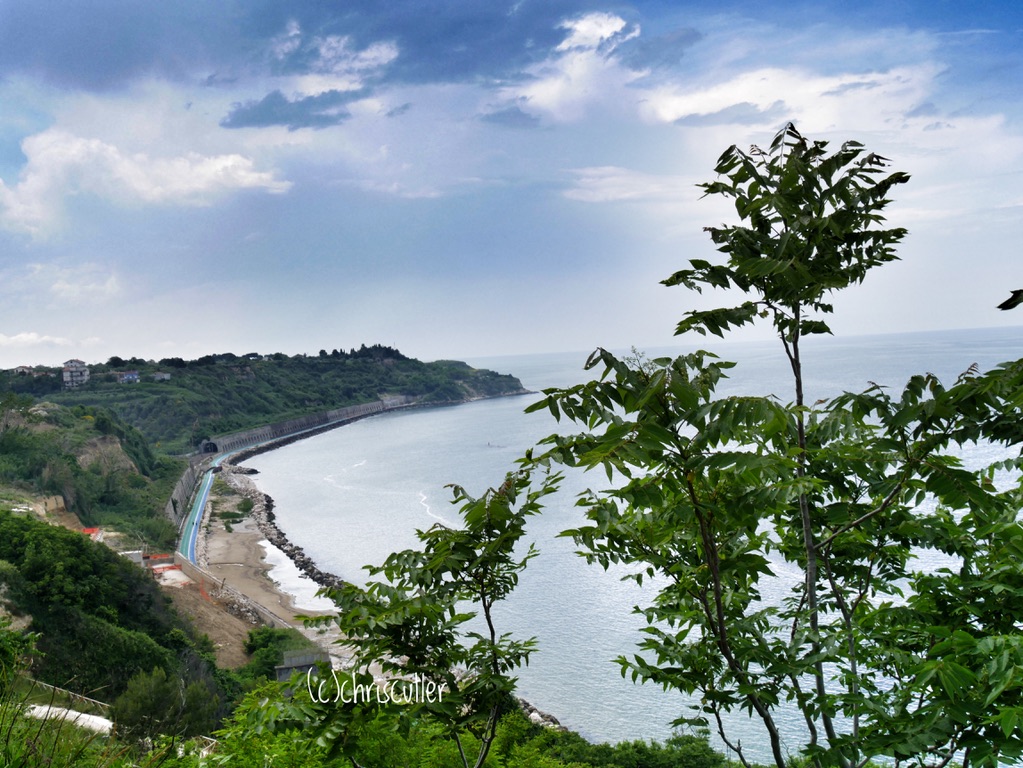
A trip from the mountains to the sea doesn’t take long no matter where in the Abruzzo one is. The 85-mile coast in Abruzzo has wide, fine sands north of Pescara, and rockier, pebbly beaches to the south. While there are beaches south of Pescara, the main attractions of the 43-plus mile stretch are the trabocchi, the old fishing ‘machines’ that sit over the water. The trabocchi have been in use since the 15th century, although many today are restaurants.
Kings of the Hills
Abruzzo has no big cities or major museums that most tourists know about. What it does have, though, are a plethora of medieval towns that tumble down the hillsides from perches that once provided protection but today bestow sweeping views of the region’s beauty. Abruzzo hilltowns have won 22 “Borghi Piu Belli d’Italia” (The Most Beautiful Villages in Italy) awards, second only to Umbria. The awards go to towns not only for their aesthetic beauty and livability but also for their cultural, historical, and artistic importance.
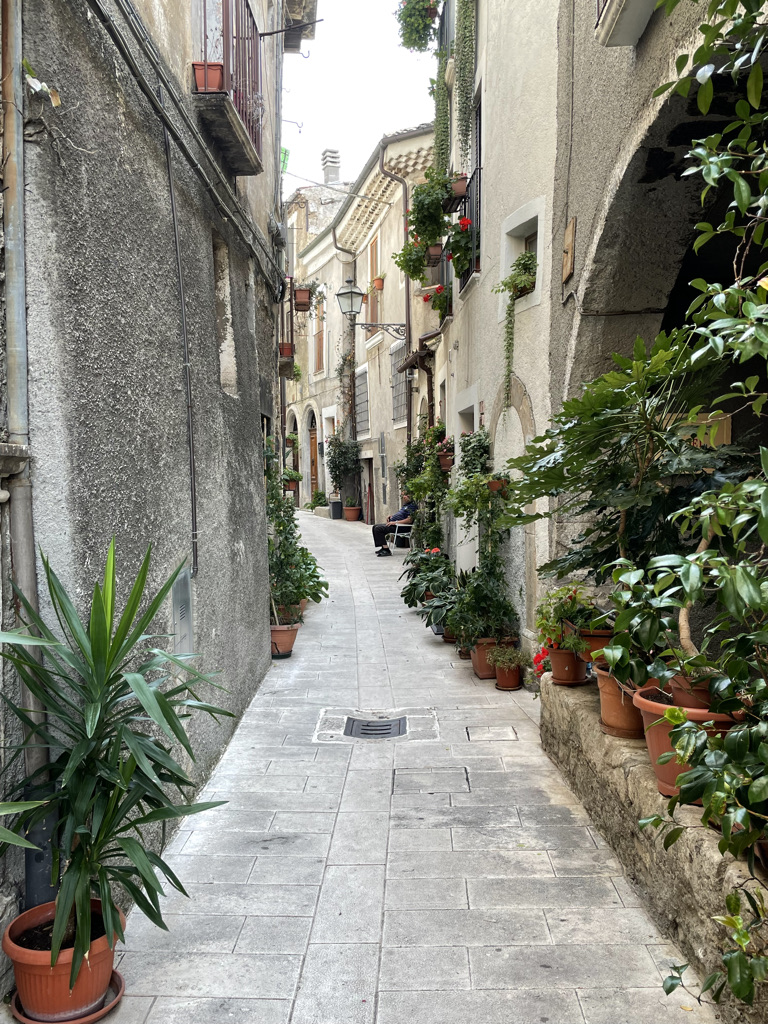


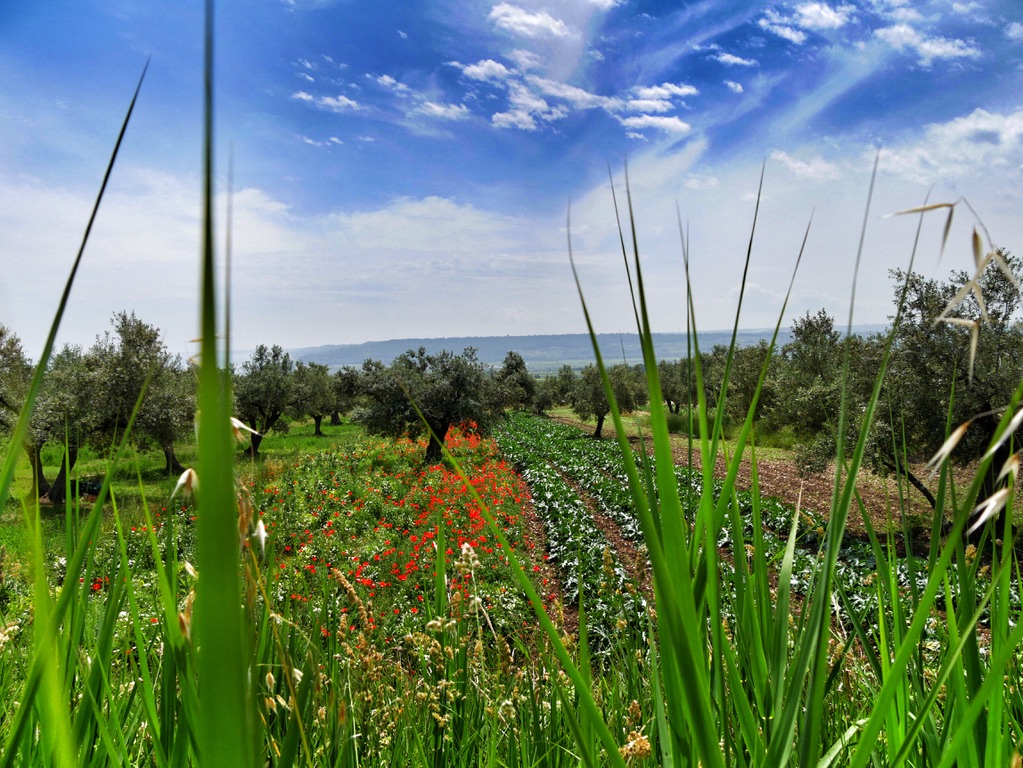
While most of the borghi do not have a major monuments or museums, what they do have is insight into real Italian life. Their charm lies in the picturesque buildings, ancient streets, churches, friendly people, and wonderful wines and cuisine.
The Markets
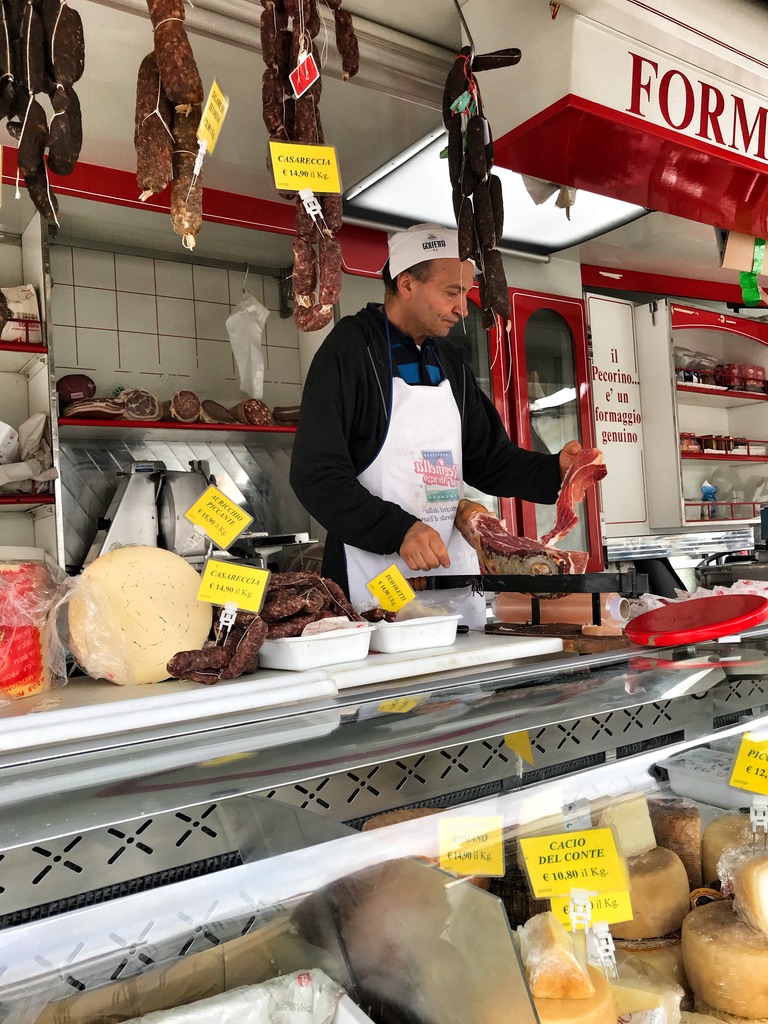
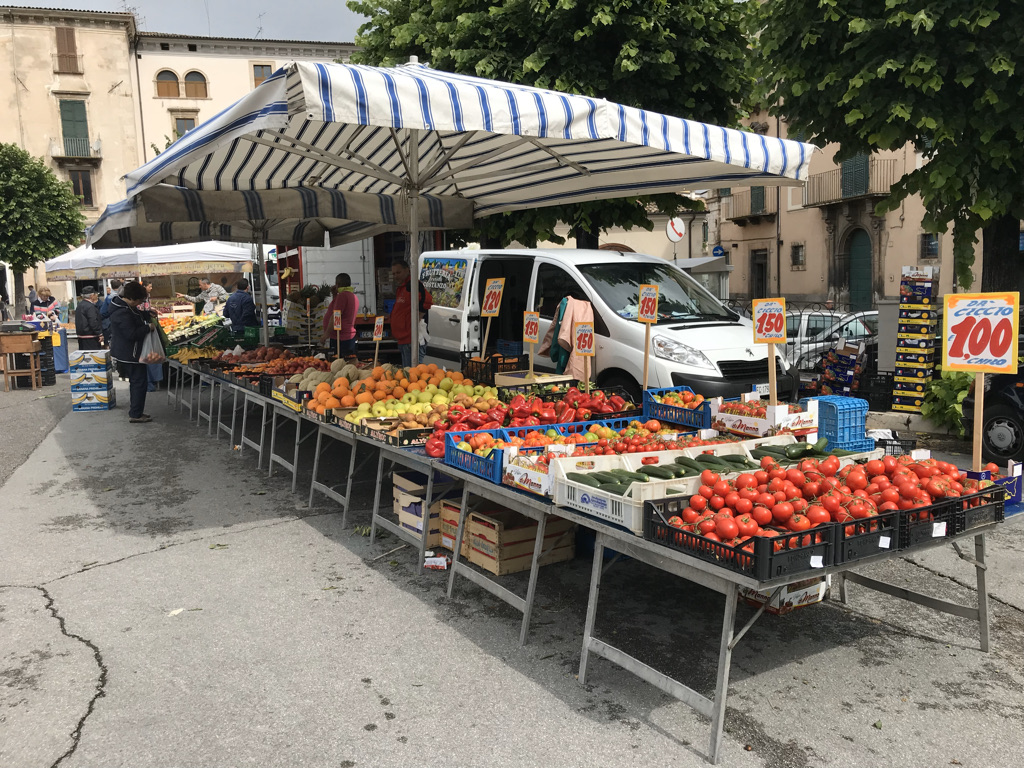
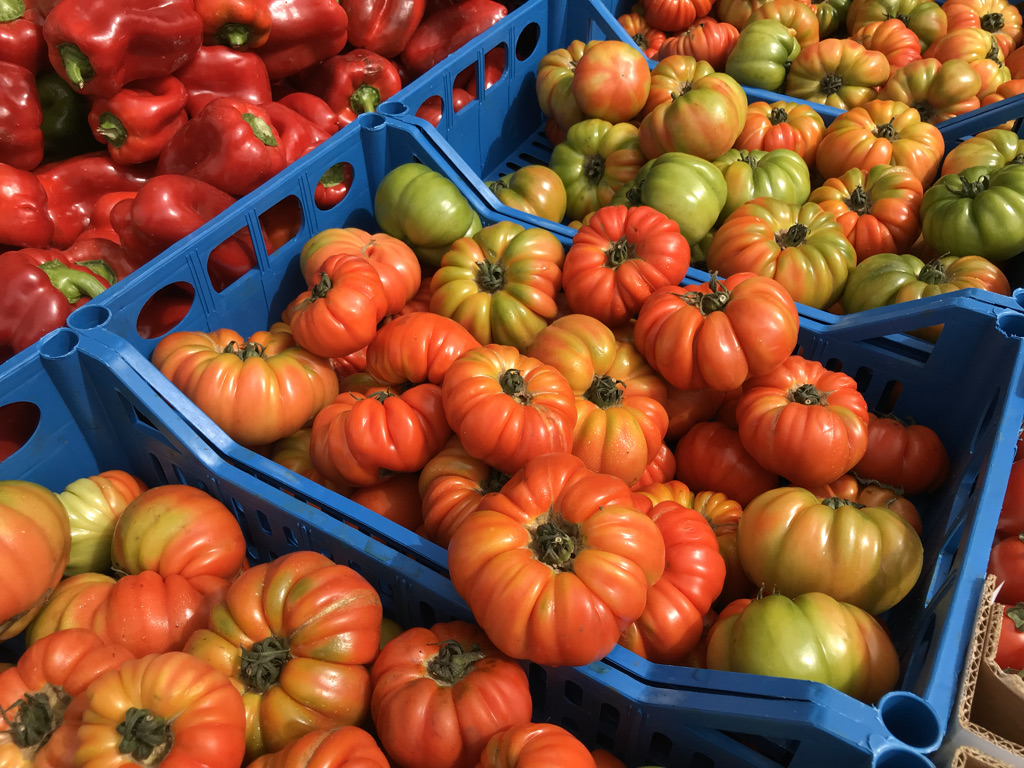
Shopping in Italy is always an adventure, and the best place to shop is at the weekly open-air markets held in almost every town. These mercati are the perfect place to find everything from fresh produce, meats, and cheeses to antiques, gifts, and souvenirs. Most include clothing, and some, like the one held in Sulmona on Wednesdays and Saturdays, even offer ready-to-eat meals. (Try the porchetta, slow-roasted pork seasoned with salt, pepper, fennel, and rosemary.) Be aware that most vendors prefer cash, and some do not accept credit cards. Check out market schedule by going to HapPings.
The Wine
Abruzzese vineyards cover more than 81,500 acres and produce more than 40 million cases of wine annually. The Montepulciano grape is responsible for the region’s signature red, Montepulciano d’Abruzzo (not the same as the Tuscan Montepulciano wine). Low in acid, dark in color, and dry, it pairs with almost any food. The grape is also the base for Cerasuolo, a cherry-pink wine compared to rosé.
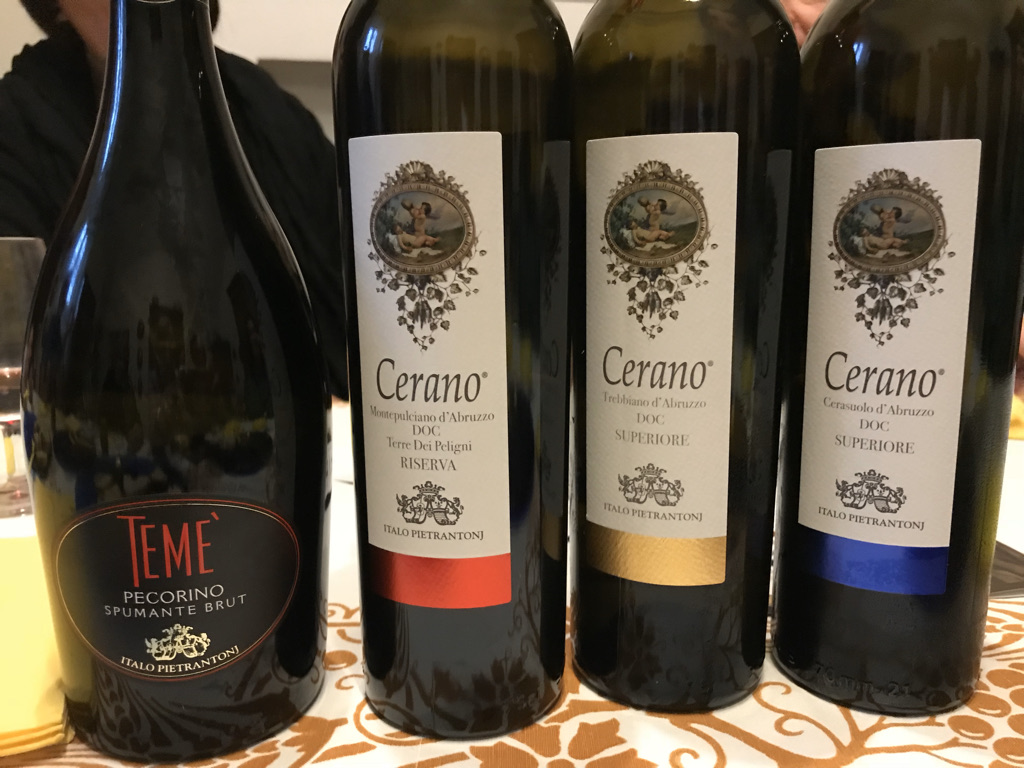

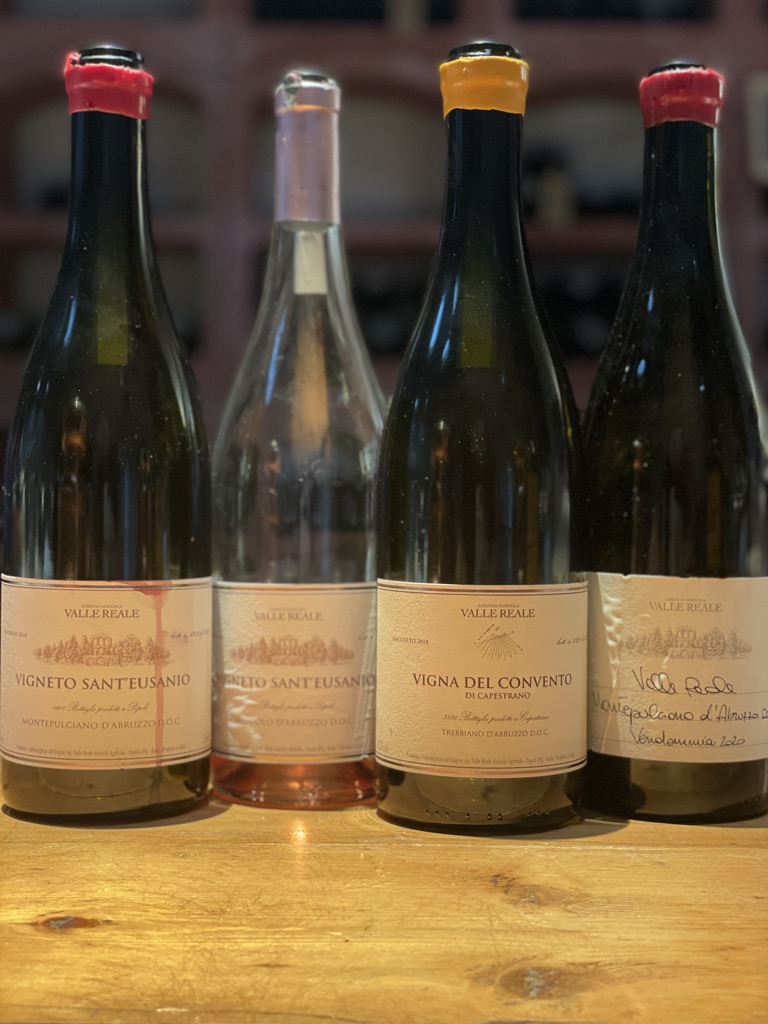
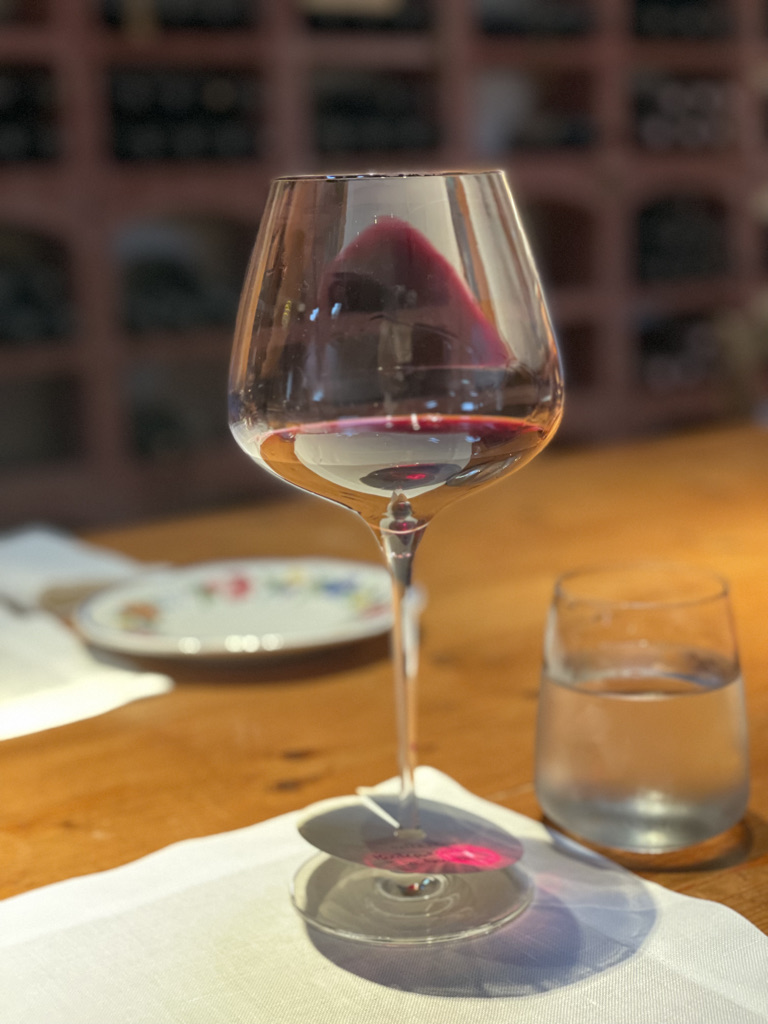
Trebbiano, the Abruzzese white wine, is less acidic and has fruity notes. My personal favorite is another white, Pecorino, a sparkling, crisp wine that pairs well with seafood, street food, cheese, and dessert.
Several of the wineries in the region offer tours and tastings. My favorite is Antica Casa Vitivinicola Italo Pietrantonj, a winery founded in 1791 and run today by sisters Alice and Roberta, eighth generation descendants of the founder. Located in Vittorito, Pietrantonj still uses oak and walnut vats created in 1870.
The Food! The Food!
The best way to get to know a place is through its food. The traditions, markets, and meals built around the foods give insight to the culture, agriculture, and history of a place. The food of Abruzzo—maccheroni all chitarra, arrosticini, polenta rognosa, salted cod, pecorino cheese, torrone, fried dough covered with honey—draws on its pastoral, mountain, and coastal areas. Abruzzese food is generally regarded as the purest of Italian cuisines, and the Confesercenti, an Italian trade and tourism organization, recognized Abruzzo as the best place to dine in Italy.
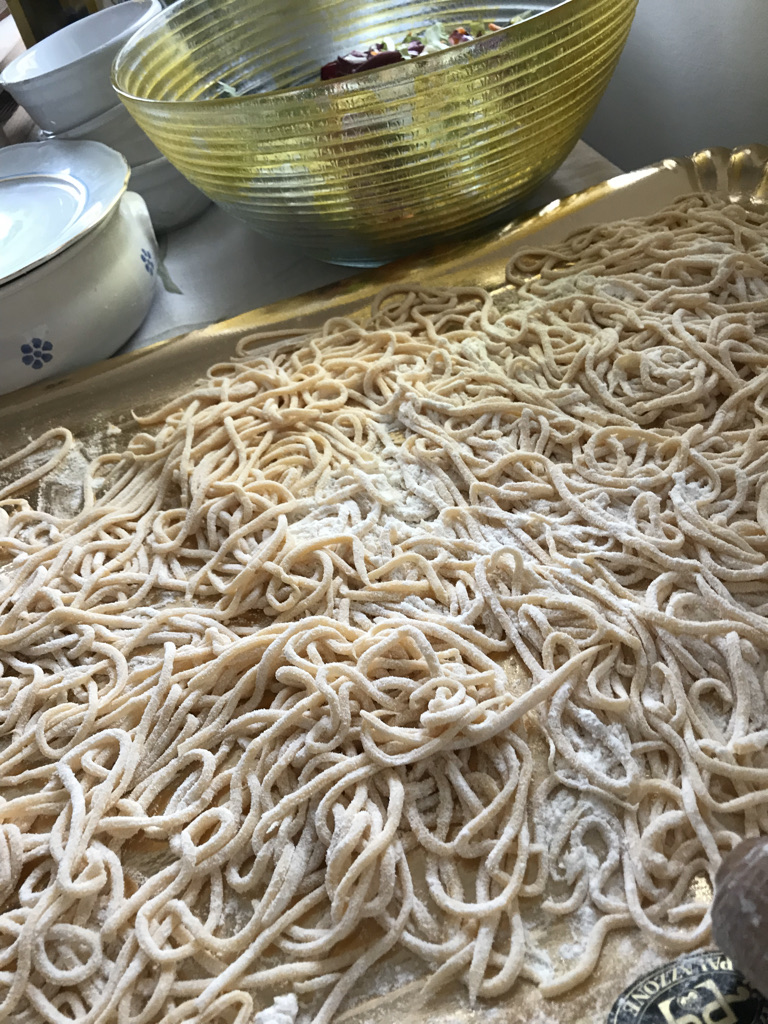
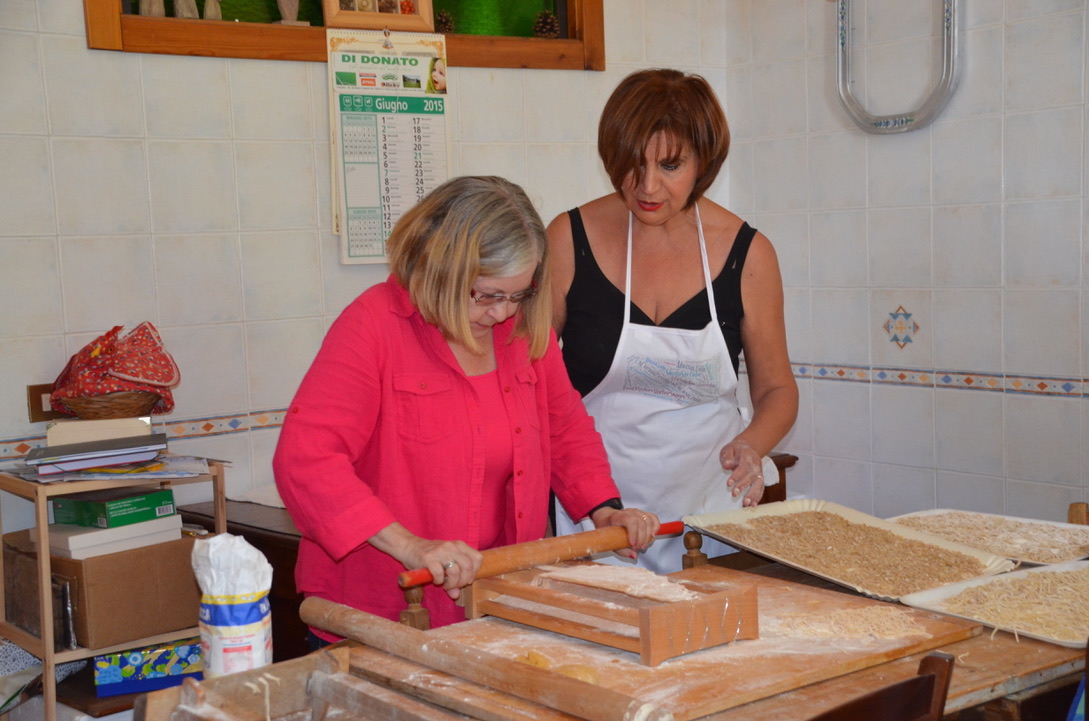
This is the food on which I grew up, the food my mother and grandmother taught me to make, the food I still cook to this day. If you don’t have an Italian grandmother or mother to teach you, the good news is that you can learn the secrets of Abruzzese cooking in many of the region’s villages.
Visit Abruzzo
I love this region, and I think if you take the time to visit it, you will, too.



Loved sitting in Abruzzo reading your article Chris. We have fulfilled a number of our ” things we want to do when we finally get back”, and have a few weeks more to enjoy the best place in Italy before we go back to Canada. It doesn’t get any better than this. Salute!
Thank you, Melody!! Hope to see you soon!!
Hello Chris
Lovely article on Abruzzo, it was a pleasure to read and yes Abruzzo is lovely.
Curious…What was your family’s Italian last name? My grandparents, mother, extended family etc were born in Pettorano sul Gizio as well. Their last name was ‘Bonitatibus’, my grandfather was named Domenico and he had 4 other brothers, 3 of brothers immigrated to the United States in the 1920’s (Pittsburgh, Virginia, Buffalo)…my family Immigrated to Canada in 1958 and that is where I reside. Hope to connect. Stay well.
Hi, Lucy! Grazie mille! My grandfather was a Berarducci, and my grandmother was Crugnale. I’m not sure I’m related to Bonitatibus, but I’ve been told everyone in Pettorano is my cousin. HA HA HA. Yes, a lot of the Pettoranesi emigrated to the cities you mentioned and Canada.I have relatives in Bufallo.
Thank you for your thoughtful description of this lovely region. We are staying in Gubbio, starting September 28th for 8 days. It is our intention to spend some time in Le Marche as well. We were thinking of ending our stay in Abruzzo before flying out of Rome. Do you have a favorite place to stay in this region. We would like to hike shop at the local markets and potentially ride bikes through the many national parks. Additionally if we stayed for two days we could take a cooking class as well.Would so appreciate your insight.
My Best
Ginny
Hello Ginny, Thanks for discovering Live in Italy Magazine and we’re glad that you enjoyed reading Christine’s article. Our food editor Lorenzo lives in Gubbio and we have a great supporter in Marche. You may wish to read our interview with Juliana of Wonderful Marche https://liveinitalymag.com/sunflowers-and-slow-living-in-le-marche/. I will write you later when Lorenzo sends me the recommendation list from lisa@liveinitalymag.com.